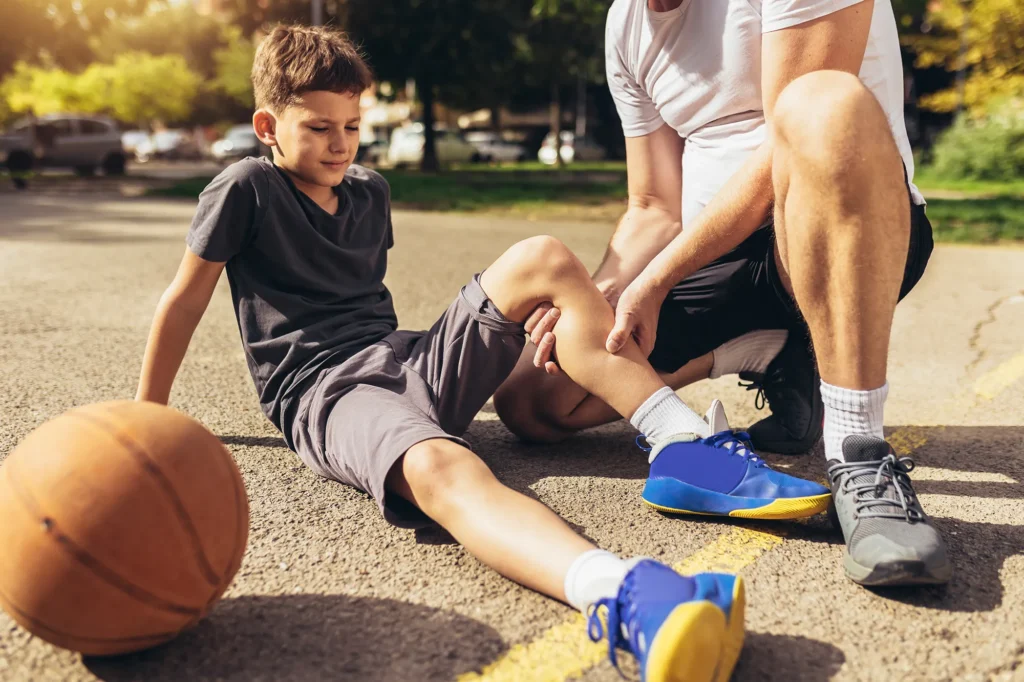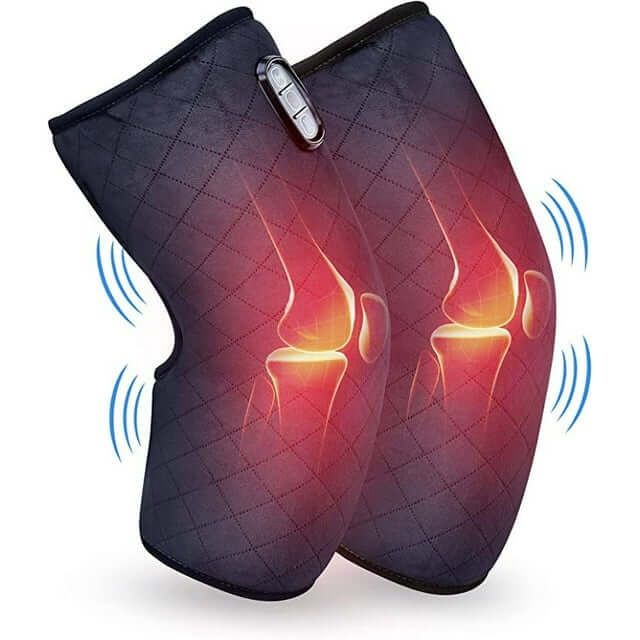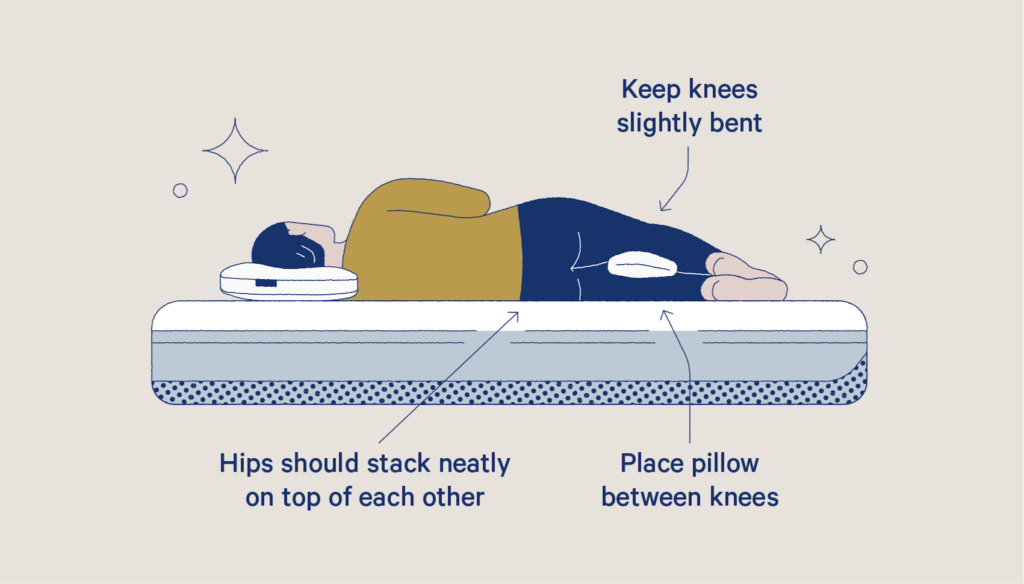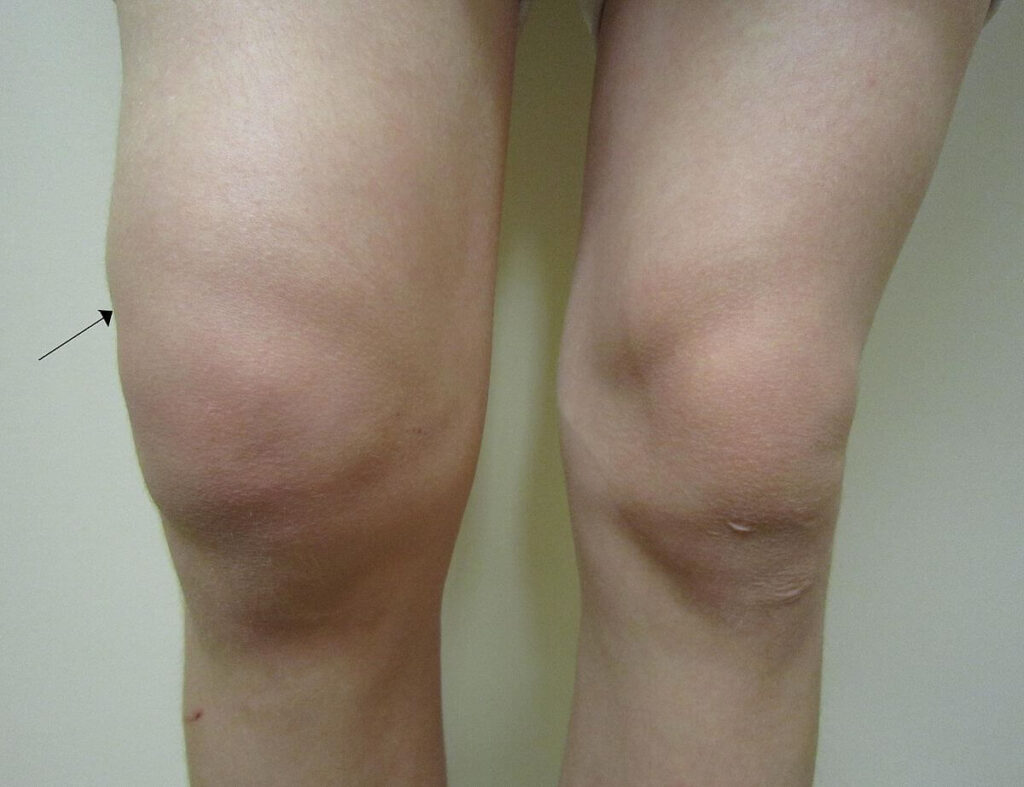Basketball is a dynamic and exhilarating sport that has captivated the hearts of millions of athletes and fans worldwide. Whether you’re a professional player or simply enjoy a friendly pickup game at your local court, the sport demands a unique combination of speed, agility, power, and precision. However, these demands also come with a price, as basketball players frequently face the risk of knee injuries due to the high-impact nature of the game.

In this article, we delve into the world of basketball knee injuries, discussing the five most common afflictions and, most importantly, how to navigate the challenging road to recovery.
Basketball, often played on hardwood floors with sudden bursts of acceleration and deceleration, pivots, and jumps, places a significant strain on the knee joints. This constant wear and tear, combined with the possibility of awkward landings, sudden directional changes, and physical contact with opponents, can lead to a range of knee injuries that can vary in severity from mild discomfort to career-altering setbacks.
These knee injuries can affect anyone, from seasoned professionals to enthusiastic amateurs, and can occur in any setting, be it during a high-stakes game, a grueling practice session, or even a casual match at the local gym. The importance of understanding these injuries, their causes, and how to recover from them cannot be overstated, as it not only impacts a player’s performance on the court but also their overall quality of life.
Whether you’re an aspiring star athlete or someone who enjoys shooting hoops for fun and exercise, knowing how to prevent, manage, and recover from these injuries is crucial to your long-term well-being and continued enjoyment of the game.
1. Anterior Cruciate Ligament (ACL) Tear
The ACL is a crucial ligament that helps stabilize the knee joint. A tear in the ACL is one of the most severe injuries a basketball player can experience.
Recovery: Surgical reconstruction is often necessary for an ACL tear. Following surgery, a comprehensive rehabilitation program is essential. This includes strengthening exercises, balance training, and agility drills to regain knee stability and prevent future injuries.
2. Medial Collateral Ligament (MCL) Sprain
The MCL is located on the inner side of the knee and is often injured due to sudden twisting or direct impact.
Recovery: Depending on the severity of the MCL sprain, treatment may range from rest and physical therapy to bracing. Physical therapy is crucial to regain strength and flexibility, and players should gradually return to full activity to avoid reinjury.
3. Meniscus Tear
The meniscus is a cartilage in the knee that can tear due to sharp, twisting movements. It can cause pain, swelling, and limited range of motion.
Recovery: Minor meniscus tears may heal with conservative treatment, such as rest, ice, and physical therapy. More severe tears may require arthroscopic surgery to trim or repair the damaged tissue. Rehabilitation involves strengthening the surrounding muscles and improving flexibility.
4. Patellar Tendonitis (Jumper’s Knee)
Patellar tendonitis is an overuse injury that causes pain and inflammation in the patellar tendon, which connects the kneecap to the shinbone.
Recovery: Rest, ice, and anti-inflammatory medications are often recommended. Physical therapy can help with strengthening the quadriceps muscles and improving flexibility. Adjusting playing techniques and using proper footwear can also prevent future occurrences.
5. Patellofemoral Pain Syndrome
This condition is characterized by pain around the kneecap, which can result from improper tracking of the kneecap in its groove.
Recovery: Treatment typically includes physical therapy to correct muscle imbalances and improve tracking. Rest, ice, and anti-inflammatory medications can help manage pain and swelling. Players may need to modify their training regimen and biomechanics to prevent recurrence.
Prevention Tips:
- Maintaining strong leg muscles and flexibility through regular strength and conditioning exercises is essential for preventing knee injuries.
- Using proper footwear that provides adequate support and cushioning can help reduce the risk of injuries.
- Practicing good biomechanics, such as proper landing and cutting techniques, can lower the risk of non-contact injuries.
- Adequate warm-up and cool-down routines are crucial before and after games and practices.
- Listen to your body and rest when needed to avoid overuse injuries.
Conclusion:
Basketball is more than just a sport; it’s a way of life for countless athletes and enthusiasts around the world. The thrill of dribbling, passing, shooting, and defending is matched only by the camaraderie shared on the court and the sense of accomplishment that comes from pushing one’s physical limits. However, the intense physical demands of basketball also mean that injuries, particularly those affecting the knees, are an ever-present concern. In this article, we’ve delved into the five most common knee injuries that afflict basketball players, shedding light on the challenges these injuries pose and offering insights into the journey of recovery.
The five knee injuries discussed in this article are not just limited to professional athletes; they can affect players of all levels and ages. Whether you’re a young talent aspiring to make it to the big leagues, a seasoned veteran seeking to extend your playing career, or an amateur enjoying the game at the community court, understanding these injuries is paramount. It equips you with the knowledge to recognize the symptoms, take prompt action, and embark on a path toward recovery.
Recovery from these knee injuries is not just about getting back on the court; it’s about regaining one’s quality of life. While the severity of the injuries varies, the determination and commitment required for rehabilitation remain constant. Players must recognize that the road to recovery is often long and challenging, but the destination is worth every effort. In many cases, professional guidance from orthopedic specialists and physical therapists is crucial for successful rehabilitation. They will tailor a recovery plan that addresses the specific needs of the injury and the individual player.
Patience is a virtue during this process. Rushing back to the court without adequate healing time and rehabilitation can lead to reinjury, potentially sidelining a player for longer or causing lasting damage. It’s essential to heed the advice of medical professionals and adhere diligently to the prescribed exercises and treatment protocols. Gradual reintegration into the sport, under the watchful eye of a physical therapist or coach, ensures that players regain their strength, agility, and confidence while reducing the risk of relapse.
Lastly, preventing these injuries in the first place is a critical aspect of a player’s long-term well-being. Engaging in strength and conditioning programs, practicing proper biomechanics, and using appropriate footwear are all steps that can significantly reduce the likelihood of knee injuries. It’s important to listen to your body, recognize the warning signs, and give it the rest it needs when necessary.
In conclusion, while basketball knee injuries can be challenging, they are not insurmountable. With the right approach to recovery, players can overcome these setbacks and return to the game stronger, more resilient, and better equipped to protect their knees. Basketball is not just a sport; it’s a passion, a lifestyle, and a community, and with the right care and dedication, players can continue to experience the joy it brings for years to come.




